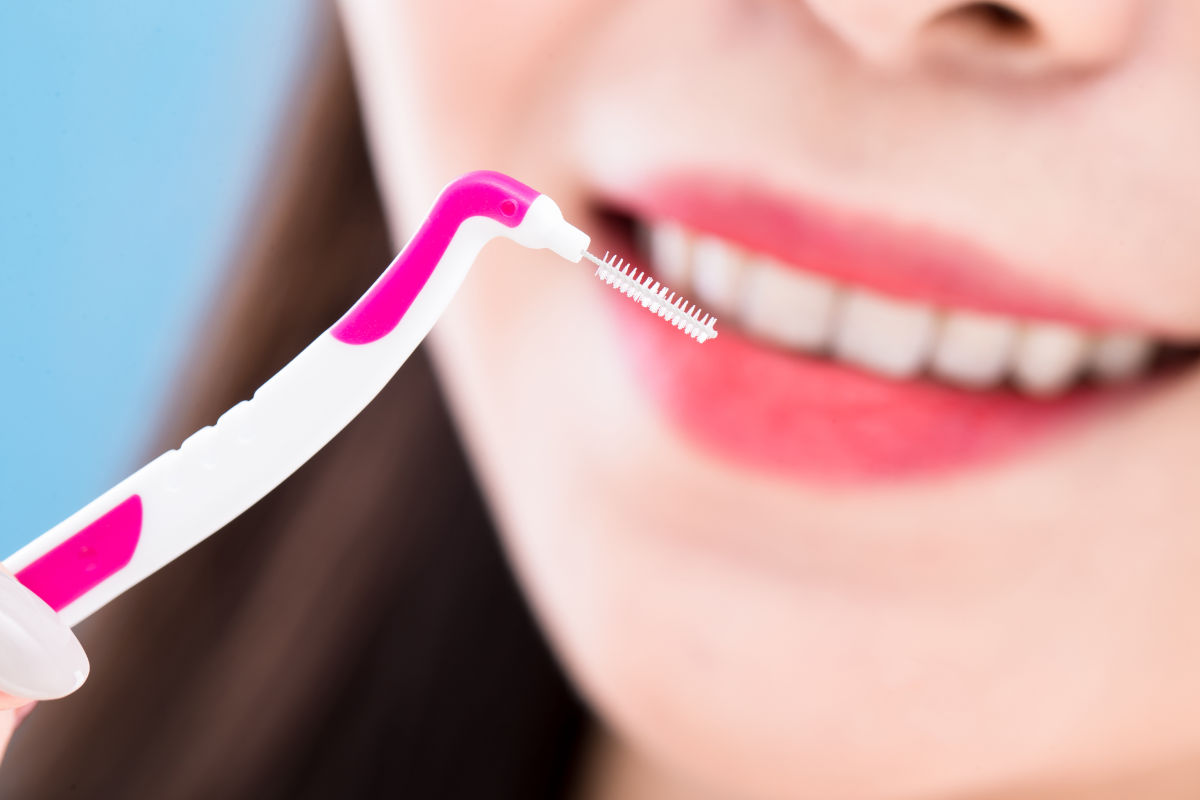Contents

Interdental Brushes: The Ultimate Guide to Choosing Them Right
Did you think you were doing the most for your oral hygiene by diligently brushing your teeth morning and night? That's an excellent start, but for a truly healthy mouth, it's essential to clean the interdental spaces. This is where interdental brushes—small, often overlooked accessories—become incredibly effective at chasing away dental plaque.
Why Brushing Alone Isn't Enough: The Role of Interdental Cleaning
Even with meticulous tooth brushing, the bristles of a toothbrush cannot effectively clean the tight spaces between your teeth. These areas are prime locations for plaque to accumulate, which can lead to cavities, gingivitis (gum inflammation), and eventually, periodontitis (severe gum disease).
To clean these spaces, you have two primary options:
- Dental floss, which is ideal for very tight contacts.
- Interdental brushes, which are often considered more effective and easier to use for larger spaces.
Interdental brushes feature a small, bristled head on a flexible wire, designed to be gently inserted between teeth for a targeted, thorough cleaning. They are highly effective at dislodging food debris and removing the sticky biofilm of plaque.
How to Use an Interdental Brush Correctly
Using an interdental brush is simple and can easily be incorporated into your daily routine:
- Choose the correct size brush for each space (you may need more than one size).
- Gently insert the brush into the space between two teeth. Do not force it.
- Move the brush back and forth several times in a gentle scrubbing motion.
- Remove the brush and rinse it with water before moving to the next space.
- Once you have cleaned all the spaces, rinse the brush thoroughly and let it air dry. Replace the brush every week or when the bristles become worn.
It's normal to experience some minor bleeding when you first start, but this should subside within a week or two as your gums become healthier. If bleeding persists, consult your dentist.
Choosing the Right Interdental Brush for You
Brushes come in a wide range of sizes, typically color-coded for easy identification. The sizes correspond to the width of the space they are designed to clean, measured in millimeters (e.g., ISO size 0 is for the smallest gaps).
Finding Your Perfect Size
The brush should fit snugly but comfortably in the space without needing to be forced. If you have to push hard, the size is too big. If it feels very loose, the size is too small to be effective. It is common to need a few different sizes for the various gaps throughout your mouth. Your dentist or dental hygienist can help you determine the right sizes for you.
Our Top 3 Interdental Brushes for 2025
Based on effectiveness, ease of use, and user reviews, here are three of the best options on the market:
1. GUM Soft-Picks Advanced
These are an excellent choice for beginners or those with sensitive gums. Instead of traditional bristles, they feature soft, flexible rubber bristles on a wire-free pick. Their curved, ergonomic handle makes it easy to reach back teeth, and they are disposable for convenience.
2. TePe Interdental Brushes Original
TePe is a brand frequently recommended by dental professionals. They offer a vast range of nine color-coded sizes, ensuring a perfect fit for any space. The plastic-coated wire is gentle on teeth and dental work, and the user-friendly handle makes them easy to maneuver.
3. DenTek Easy Brush Standard
DenTek offers great value and a smart design. Their tapered brush can fit into a variety of gap sizes, and the flexible wire and handle make them easy to use around the entire mouth. They also feature an advanced fluoride coating for added cavity protection.
Conclusion: A Small Brush for a Big Impact
If you want to achieve optimal oral health, cleaning between your teeth is not optional. Interdental brushes are a highly effective, easy-to-use tool for removing plaque and preventing cavities and gum disease. By incorporating them into your daily routine, you can make a significant and positive impact on the health of your smile.
FAQ: Your Top Questions About Interdental Brushes
For most people with spaces between their teeth, interdental brushes are considered more effective than floss at removing plaque. They fill the space more completely and provide a scrubbing action. However, floss is still the best tool for very tight contacts where a brush cannot fit.
You should use an interdental brush at least once a day, preferably in the evening before brushing your teeth. This removes the plaque and food debris that have accumulated throughout the day.
The best way to find the right size is to ask your dental hygienist for a recommendation. Alternatively, you can buy a variety pack that contains multiple sizes to try at home. The brush should slide in with gentle pressure but feel snug against the teeth. Never force a brush that is too large into a space.
